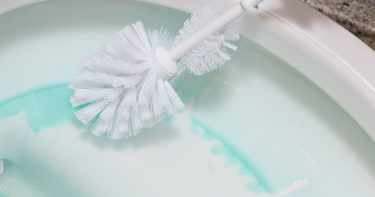
What is Copper and Why Is It In My Water?
Copper is a soft chemical element with a reddish-orange appearance used for alloys, as a conductor of electricity, and a building material. Copper is an essential dietary mineral to all living organisms.
The two main sources of copper in residential drinking water in Connecticut is corrosion from copper pipes, faucets and fittings and from erosion from natural deposits. Copper is odorless, tasteless and not visible when dissolved in water, so the only method of detection is testing for it through a certified laboratory.
Copper toxicity is generally only a concern if you live in an older house with copper pipes. Signs of corrosion of these pipes are rusty-colored water, stained linens or dishware, or leaks.
What are the Health Effects of Copper Exposure?
Excess exposure to copper in drinking water can cause copperiedus (copper poisoning) and can damage lipids, proteins and DNA.
To determine the copper level in your drinking water call our Connecticut water analysis specialists today.







